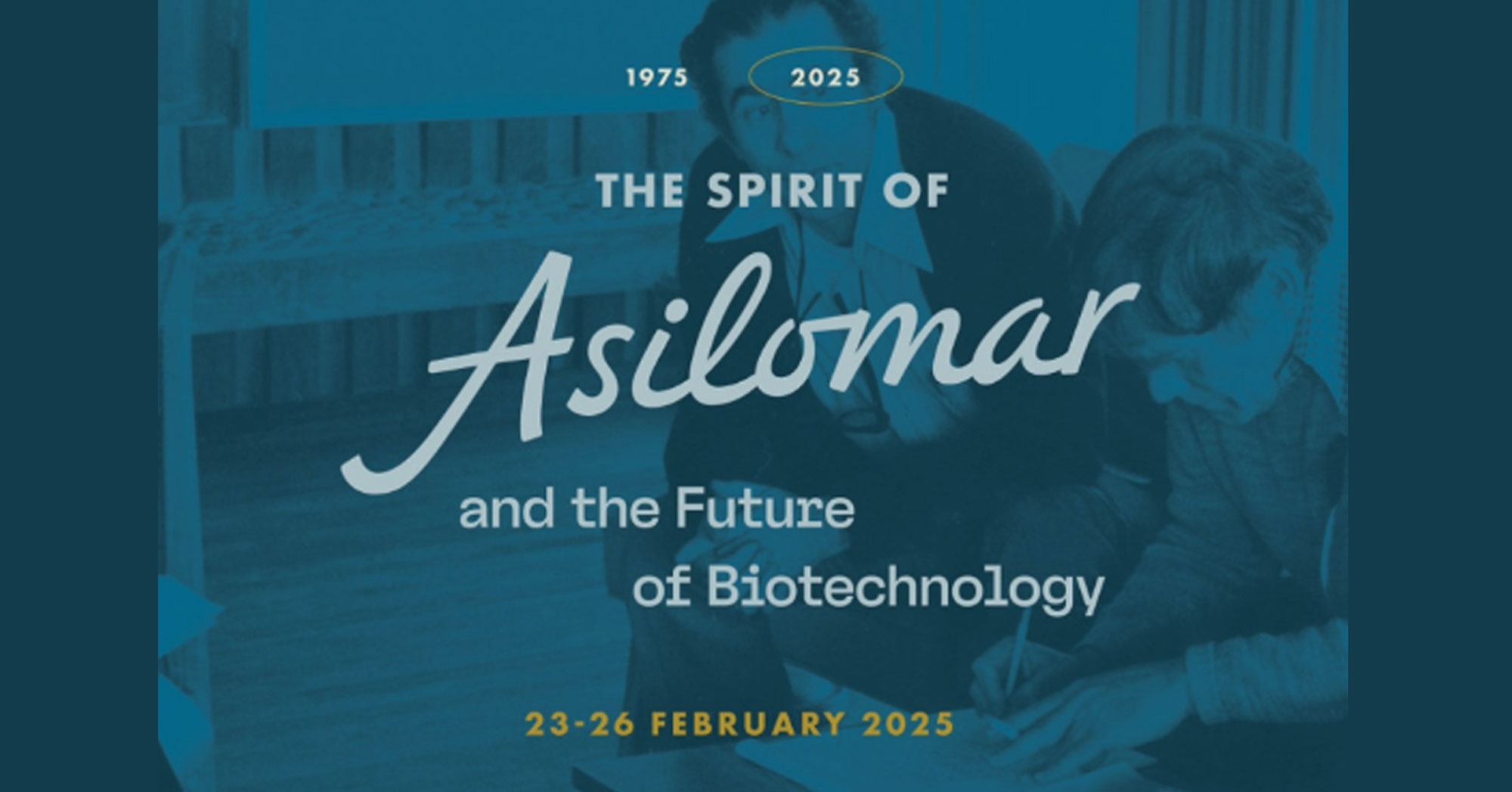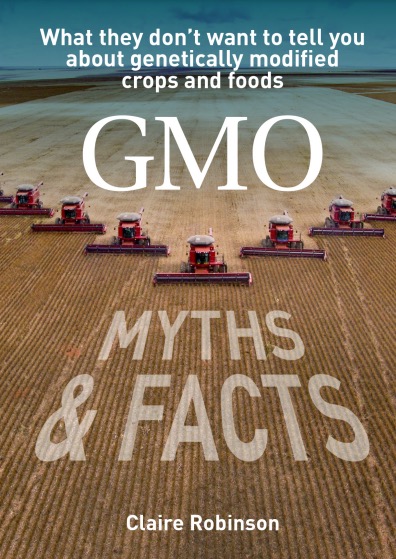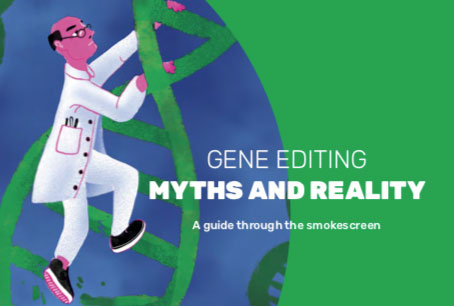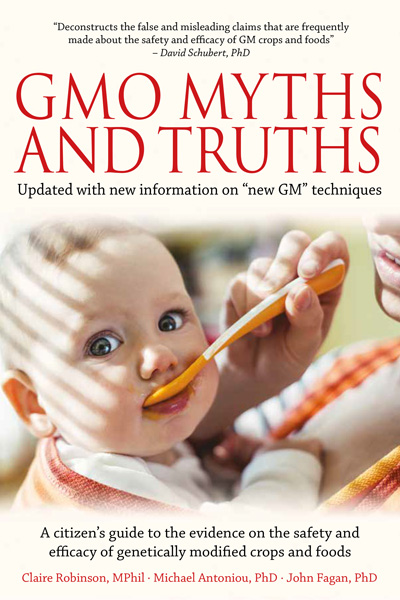
What will be the significance of this month’s 50th anniversary meeting at the famed Pacific Grove conference centre in California? by Tina Stevens and Stuart A. Newman
In June 1971, Robert Pollack, a young researcher at the Cold Spring Harbor Laboratory, phoned Stanford molecular biologist Paul Berg urging him not to put genes from the tumour-inducing virus SV40 into a bacterium, E. coli, an organism that grows in the human gut.
Pollack later compared the situation to the pre-atom bomb days and the intense soul-searching induced by the atomic detonations that led many scientists in the postwar era to accept social responsibility for possible applications of their research.
For Pollack, Berg’s experiment would have been “a real disaster if one of the agents now being handled in research should in fact be a real human cancer agent” (such genetic manipulations of viruses and microorganisms later came to be termed ‘gain-of-function’). Months after Pollack’s phone call, Berg agreed to postpone the experiment, setting the stage for the historic 1975 meeting at the Asilomar conference center.
Focusing on the means, not the ends
In 1974, addressing an interdisciplinary group at MIT, biologist David Baltimore explained the significance of the forthcoming meeting. It was, he said, a way of “avoiding governmental responses” to controversial research which, he was sure, would be too constricting for investigators. “We’re stuck between self-determination of limits and imposition of orthodoxy,” he said. “We’re stuck between self-interest of scientists and the public interest.”
Baltimore was right about the social function of the 1975 conference. It established parameters for undertaking research using recombinant DNA technology safely and enshrined the precedent that scientists would oversee their own enterprises. In essence, they would regulate themselves.
Since then, the emergence of CRISPR and other technologies used to modify not only bacteria, but plants (including food crops), viruses (including pathogens), and animals (including humans), this solution has come to look entirely inadequate.
Historian of science and social responsibility, Charles Weiner, characterized the narrowness of that meeting, especially when compared to the more expansive professional deliberations of the postwar era through the early 1970s. At Asilomar, discussion of larger “ethical issues…including human genetic intervention, and possible abuses of the research were excluded. The focus at Asilomar in 1975 was on the safety of the newly developed technical tools for genetic engineering – on the means, not the ends.”
On February 23-26 of this year, there will be another gathering at Asilomar, this one marking the 50th anniversary of the 1975 conference. What social function will the 2025 Spirit of Asilomar and the Future of Biotechnology come to serve? Will it recapture those expansive moral considerations of the pre-1975 Asilomar discussions? Or will it shore up the ‘keep out’ boundaries that the conference famously cemented? Balanced consideration of emerging technologies will be particularly challenging this time around because, unlike Asilomar 1975, Asilomar 2025 will be convening in the era of what Weiner referred to as “pervasive commercialisation”.
The University of California, Berkeley (UCB), located two hours north of Asilomar, is a driving force for the fusion of science and entrepreneurialism. While it is not a sponsoring organisation of the Asilomar conference, it is an exemplar of what it means to thrive in the age of bio-commercialism.
Scientist-entrepreneurs
In 2021, UCB announced the development of the Life Sciences Entrepreneurship Center. Its aims are to identify technologies that can be commercialised and to match scientists with business experts to facilitate the formation of new companies. The way UCB’s new chancellor Richard Lyon sees it, “When you code science and business in an 18-, 19-, 20-year old’s brain at the same time, it’s not like two fields. It’s really integrated. They genuinely think of this stuff as integrated.” Lyon hopes the university will get a return on this investment when it negotiates deals with the startups that Berkeley students launch. He expects to alter how UCB leases its intellectual property, asking for a larger share of ownership in exchange for lowering the cost of those leases.
Universities in the past could claim to be unique social spaces for engaging questions of ethics, philosophy, and social justice. But today, for universities led by the bottom-line values of their innovation hubs, social benefit is more often thought of as a trickle-down side-effect of successful academically nurtured business ventures.
In the integrated minds of scientist-entrepreneurs, is it possible to raise concern about the existence and dynamics of conflicts of interest? Will the program of Asilomar 2025 be arranged to encourage such concern, or suppress it? The mixed bag of conference supporters includes entities dedicated to furthering controversial initiatives.
The pharmaceutical giant AMGEN, for example, is bullish on generative biology (the fusion of AI and biotech research), and Schmidt Sciences which seeks to advance and capitalise on a ‘bioeconomy’ future. Conference organisers declare that the financial support of funders, “have had no direct influence or impact on the design or aims of the summit.” Yet, as the late environment ethics pioneer, Tuft University’s Sheldon Krimsky observed, scientists typically do not feel that they are susceptible to the influences known to affect public officials.
Whose voices are heard?
Critics of the 1975 conference bristled at the idea that scientists gathering to consider the public safety of their research were not permitting public participation. Eventually, some members of the press were admitted. At the 2025 Spirit of Asilomar meetings, the press must register with summit organizers. Those planning to report on the proceedings must identify themselves as journalists and they are encouraged not to publish anything until after the summit’s conclusion. Further, any working discussion can be declared “off the record“.
Since only registered parties will be permitted to attend meetings, it is unlikely that many (or any) members of the public will be among them. But in a “spirit of openness” (aka public relations) nonparticipants may visit historical installations in Asilomar’s Grace Chapel, and small groups may stand outside workshop rooms where “next generation leaders” can inform them about important issues.
These restrictions raise further questions. What are the criteria for being next generation leaders? Do scientist-critics (of genetic engineering of viruses, plants, human and nonhuman animals) rank among them? How will issues be framed for conference ground tourists?
Conference organizers invited some civil society critics of controversial emerging technologies. However, at least one critic, a practicing scientist, is known to have been denied access. Have others been denied access? On what grounds? Will it be possible to “make dissent visible”, as historian Weiner once advised?
The agenda
The website lists and frames the topics to be covered: Pathogen research and biological weapons; Artificial Intelligence and Biotechnology; Synthetic Cells; Biotechnologies Beyond Conventional Containment; and Framing Biotechnology’s Future.
What is left off the agenda reflects the ongoing truncated legacy of Asilomar 1.0. Human genetic engineering – something anticipated with alarm by many postwar scientists and often discussed at professional meetings before the Asilomar conference, will not be considered. Indeed, since human genetic engineering was struck from the list of concerns of the 1975 Asilomar conference, technologies enabling the genetic manipulation of the human species has proceeded apace.
International and national convenings have greased wheels for both the clinical use of gene-edited human embryos and the creation of synthetic eggs and sperm, which will facilitate the creation of large numbers of lab-made embryos. These have attempted to normalise the discredited dream of human biological improvement via genetics, now by molecular manipulation: ‘techno-eugenics’.
By and large, framings of issues for discussion are flush with the enabling language of ‘governance’ and slim on possibilities for supporting moratoriums or initiating prohibitions of controversial technologies. Take, for example, the hot-button issue of ‘mirror life’, the budding area of research with potential for creating synthetic life forms considered by many to be capable of unintentionally creating irremediable infections and irreversible ecosystem devastation.
A clear path to…?
While the advance materials indicate that the conference might recommend not constructing mirror life, more thought is given to the possibility of a consensus proposal outlining how mirror life research might proceed. Organizers suggest that the conference could produce “a prioritized list of open questions guiding future discussions regarding mirror life and who should be involved in answering them. Prioritized challenges and opportunities for governing the constructing of mirror life, globally, including purposeful misuse,” and “perhaps resulting in an editorial on synthetic cells and biosecurity.”
A clearer path for avoiding earnest deliberation about whether to curtail implementation of mirror life research can scarcely be imagined.
Some critics wonder why mirror life, a technology infeasible with current methods, has been showcased with such urgency when so little serious attention is given to gain-of-function research on potentially infectious agents. There is increasing acknowledgement, including by US governmental agencies, that the Covid pandemic could have been prevented with effective oversight of the US and Chinese laboratories involved. The framework of self-regulation instituted by Asilomar 1.0 has not shown itself capable of adequately addressing such present and ongoing consequential issues.
To its credit, the 2025 meeting’s program references “continuing ambiguity regarding the origins of the SARS-CoV-2 pandemic” and raises questions of what “policies, frameworks, structures, or global coordination mechanisms could be renewed or adopted that would eliminate unnecessarily risky research, reduce the likelihood of an accidental pandemic, and make it easier to determine the origin of any next pandemic.” It does not appear, however, that any of the researchers and journalists whose investigations uncovered flaws and inconsistencies in the official narrative will be participating in this effort. Were any invited?
Progress to what end?
The information imbalance between promoters of emerging technologies and the public is staggering. Trade secrets, powerful industry lobbying, and stealth production of biolab-made consumables are realities suggesting so much that has militated against a public right to participate in highly consequential decision-making.
In the past two decades, for example, synthetic biology processes infiltrated markets so swiftly that, at present, consumers have no way of knowing whether an array of their purchases from cleaning products and fuels to chocolate bars, cheeses, spices, fragrances and cosmetics are derived by ways familiar to them or are products cooked-up in biolabs using novel strands of DNA functioning in unnatural self-replicating microorganisms.
How did that happen under the radar of the vast majority of people around the globe? Perhaps it’s because so few sceptical voices have been included in evaluating the value and implications of these projects. A report in Science magazine on a 25th Asilomar anniversary gathering with a roster of attendees similar to the original, for example, noted that it had “less of a sense of urgency because, for the most part, scientists consider these technologies safe”.
The Spirit of Asilomar is, according to its statement of participant expectations, meant to be “a summit where differing opinions are a source of productivity, strength, and collaboration”. But to what end in a world in which the technologies are advancing faster than the public or even most specialists can track? Will it serve as the latest effort bolstering professional immunity from public oversight? Will any in attendance push it to function as a forum facilitating the public’s right to weigh in not only on how technologies can be governed as they roll out, but whether they should proceed at all?
Tina Stevens and Stuart Newman are the authors of Biotech Juggernaut: Hope, Hype, and Hidden Agendas of Entrepreneurial Bioscience (Routledge, 2019) and serve on the Board of Directors of Alliance for Humane Biotechnology.
This article was first published by A Bigger Conversation and is republished by GMWatch with kind permission.










